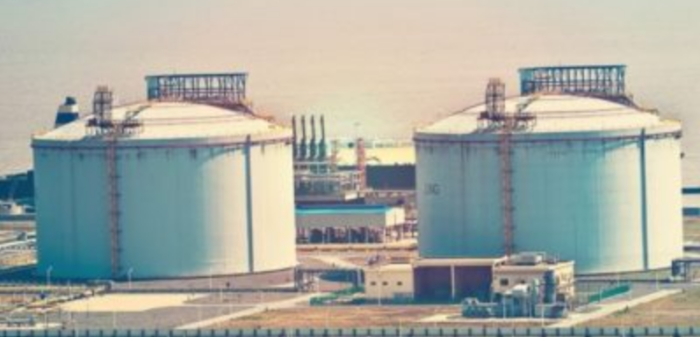USCG wrapped up a safety inspection at the Cameron Liquefied Natural Gas (LNG) project, enabling it to move on to loading its first LNG cargo for global export. Cameron LNG also submitted its Marine Operations Manual and Emergency Manual to the Coast Guard for examination.
Specifically, USCG also got a detailed look on the terminal’s design, construction, equipment, operations, maintenance, personnel training and firefighting systems.
As the project got approval from the U.S. Department of Energy (DOE) to export up to 14.95 Mtpa to Free Trade Agreement (FTA) countries and non-FTA countries, it is close to completing its first LNG cargo export.
[smlsubform prepend=”GET THE SAFETY4SEA IN YOUR INBOX!” showname=false emailtxt=”” emailholder=”Enter your email address” showsubmit=true submittxt=”Submit” jsthanks=false thankyou=”Thank you for subscribing to our mailing list”]
In April 2014, the Federal Energy Regulatory Commission (FERC) published its official and finalized environmental impact statement to build and operate the liquefaction facility.
Therefore, FERC authorized the project in June 2014.
Moreover, Cameron’s LNG partners are Mitsui & Co., Sempra LNG & Midstream, Mitsubishi Corporation, Total, and NYK Line.
Mitsubishi, in December 2016, presented its plans for a 165.000 cbm LNG carrier for the project.
The carrier is expected for delivery in 2019 from Mitsubishi Heavy Industries Shipbuilding’s yard.
Finally, after the vessel’s delivery, the LNG carrier will transfer the LNG produced at the Cameron project to Japanese Toho Gas and Tohoku Electric through Mitsubishi Corporation’s Singapore-based energy business subsidiary, Diamond Gas International.

































































